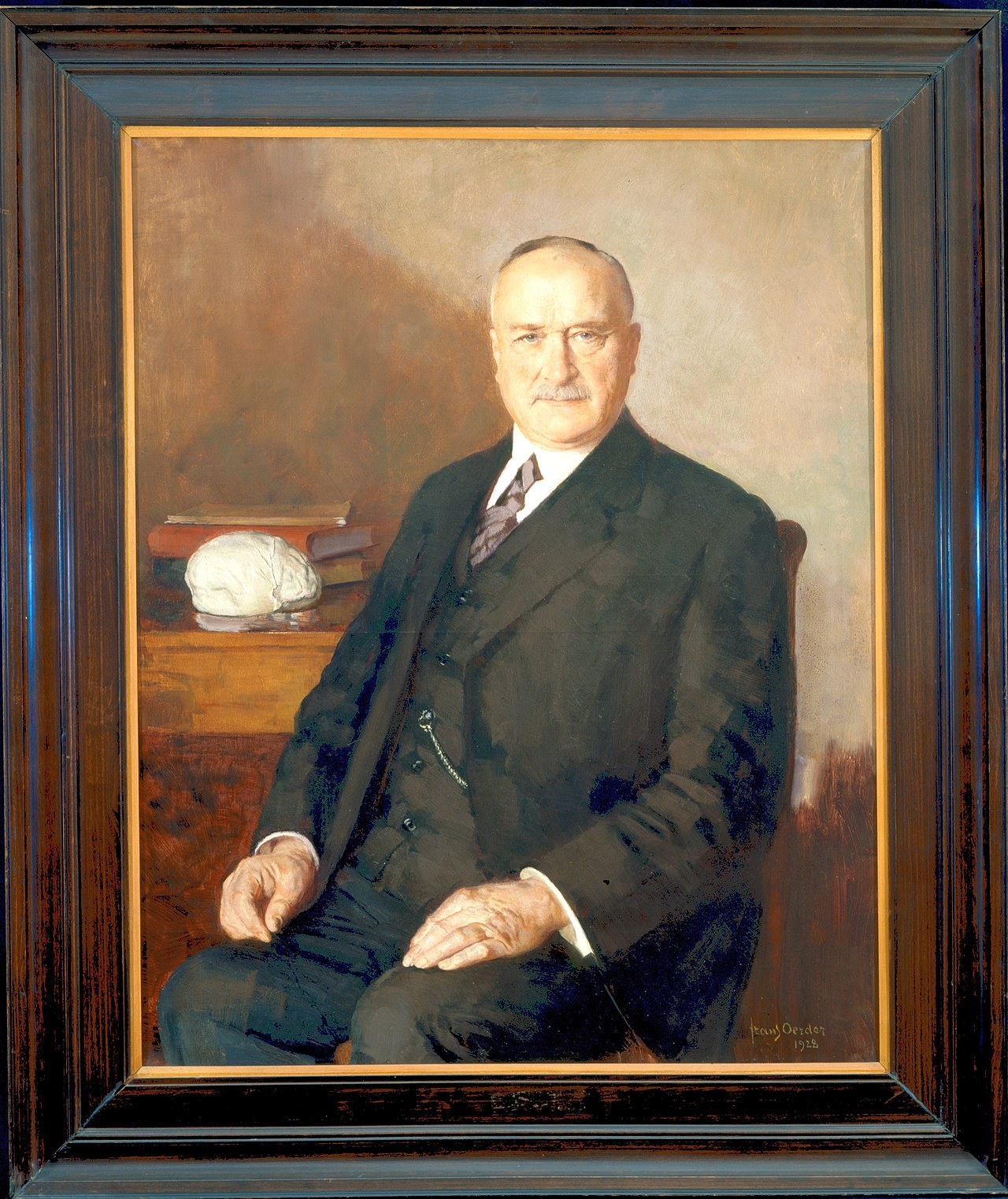
Eugene Dubois and the Discovery of the Java Man SciHi Blog
Eugène DuboisDutch anatomist and paleoanthropologist Eugène Dubois (1858-1940) was the first scientist to actively search for human ancestral fossils. His efforts led to the discovery of the so-called "Java man," which was the first fossil discovery of Homo erectus, a direct descendent of modern humans. Source for information on Dubois, Eugène: Encyclopedia of World Biography dictionary.

Eugène Dubois Alchetron, The Free Social Encyclopedia
Biographies: Eugene Dubois; Credits. New World Encyclopedia writers and editors rewrote and completed the Wikipedia article in accordance with New World Encyclopedia standards. This article abides by terms of the Creative Commons CC-by-sa 3.0 License (CC-by-sa), which may be used and disseminated with proper attribution.
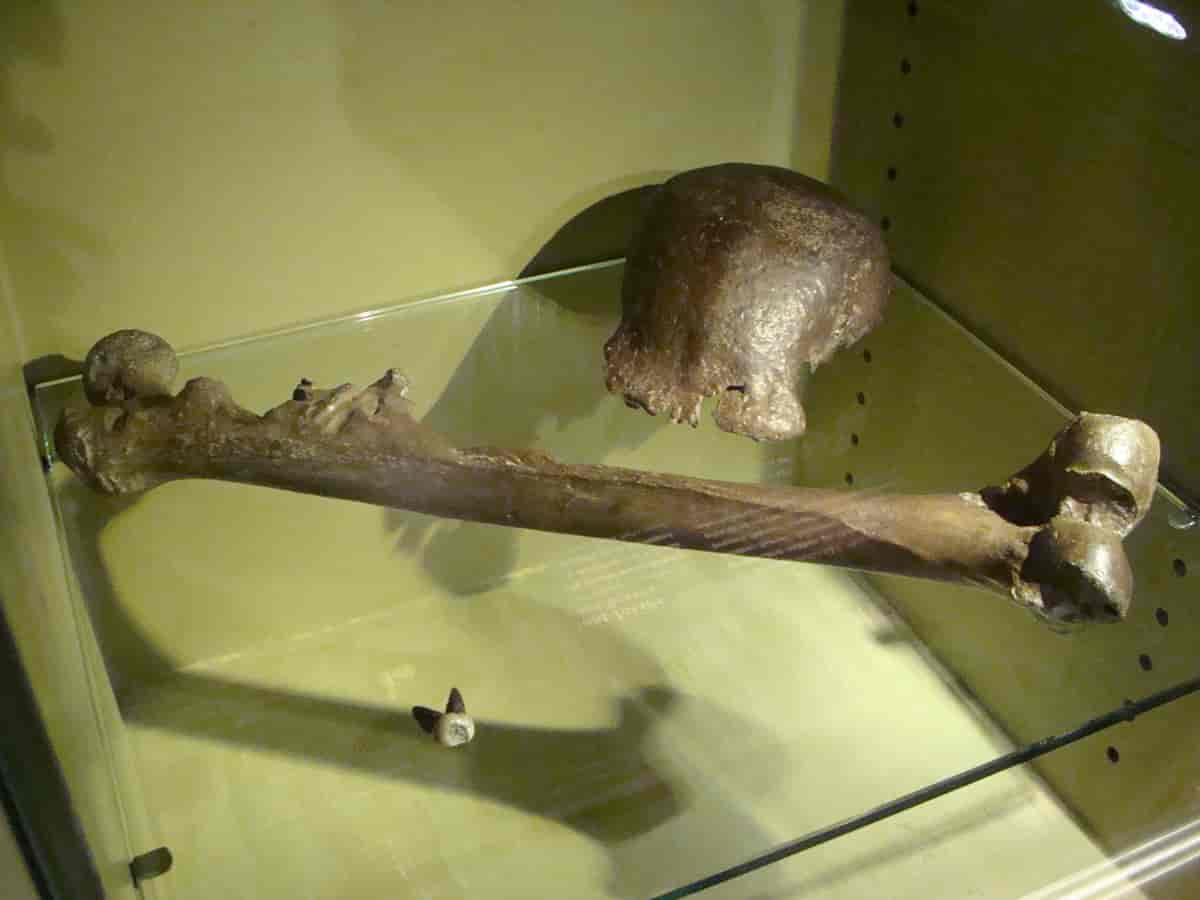
Eugène Dubois Store norske leksikon
The Eugène Dubois Foundation was established to bring greater renown to the versatile Dutch scientist Eugène Dubois (Eijsden, 1859-Venlo, 1840). After his medical training, Dubois carried out anatomical research on the evolution of the brain. He followed this with extensive palaeontological fieldwork in the region that is Indonesia today.

Eugène Dubois was the first to describe the Tegelen an entire fauna
Eugene Dubois. Marie Eugène François Thomas Dubois (28 January 1858 - 16 December 1940) was a Dutch paleoanthropologist. He earned worldwide fame for his discovery of Pithecanthropus erectus (later redesignated Homo erectus), or 'Java Man'.
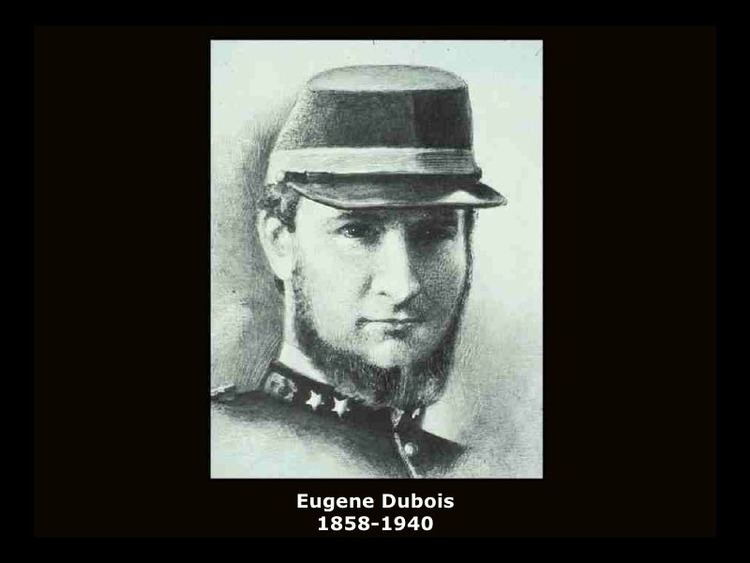
Eugène Dubois Alchetron, The Free Social Encyclopedia
Eugene Dubois was the first person to ever deliberately search for fossils of human ancestors. Only a handful of fossil humans had already been discovered, and those were by chance. In a remarkable story of dedication and luck, Dubois succeeded in his unlikely quest. Eugene Dubois was born in the town of Eijsden in the Netherlands in 1858.

Wat maakte Eugène Dubois voor de wereldtentoonstelling in Parijs in
The story of Java Man begins in the 1880s, when a Dutch anatomist and geologist by the name of Eugène Dubois traveled to Southeast Asia. A student of Ernst Haeckel, who in turn was a proponent of Darwin's evolutionary theory, Dubois' was on a mission to find the 'missing link' between humans and apes. He started his work on Sumatra.

Eugène Dubois Alchetron, The Free Social Encyclopedia
On the banks of the Solo River in Java, Indonesia, 19th-century physician Eugene Dubois uncovered an astounding fossil find: the bones of what appeared to be an ancient human, surrounded by animal.
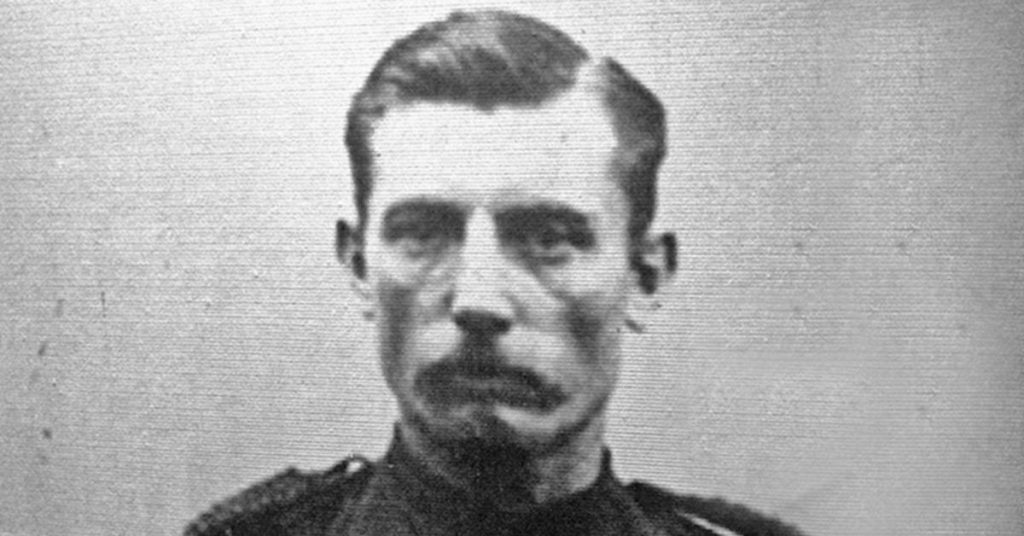
Eugene Dubois dan Von Koenigswald, Tokoh Penemu Fosil Manusia Purba di
Marie Eugène François Thomas Dubois, the son of an apothecary, was born in 1858 in Eijsden in the province of Limburg in the Netherlands. After attending primary school in his home town, and high school in nearby Roermond, in 1877 Dubois entered the University of Amsterdam to study medicine, qualifying as an M.D. in 1884.

El médico holandés Eugène Dubois leyó con avidez todas estas obras y
The next year, Eugene Dubois (left), a young anatomist from Holland traveled to Indonesia in the hopes of finding fossils of early man. Since orangutans lived there, and since Dubois managed to secure a job as a medical officer in the Royal Dutch East Indies Army, it seemed like a good place for him to go prospecting..
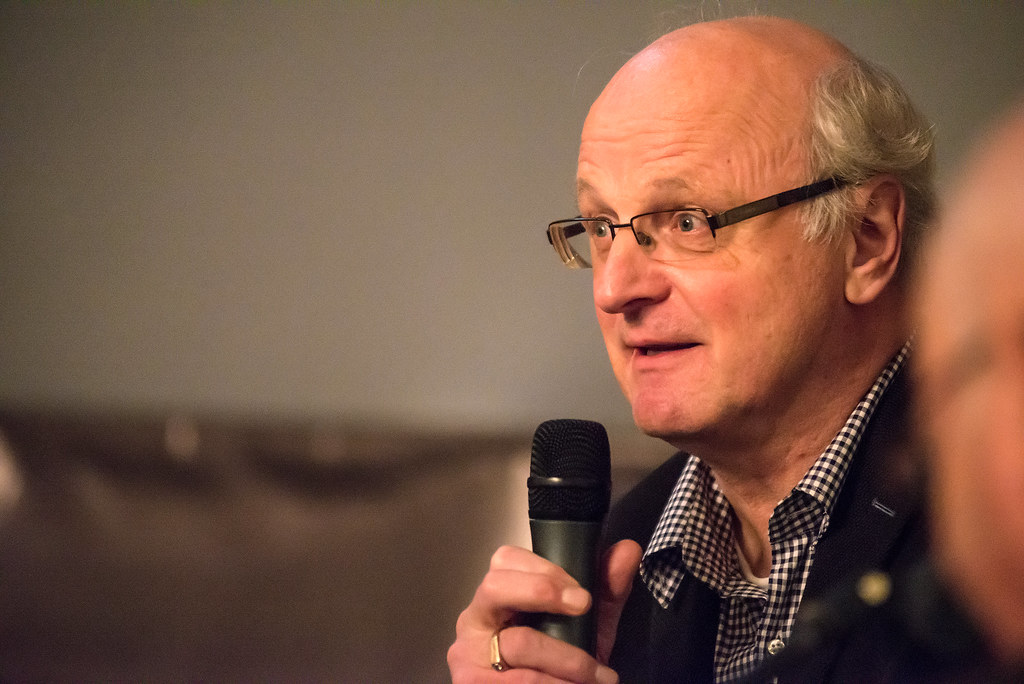
Eugène Dubois and his search for the missing link Lecture … Flickr
December 16, 2015. Eugène Dubois, a Dutch physician and anatomist, died Dec. 16, 1940, at age 82. In the early 1880s, Dubois was exposed to the evolutionary ideas of the German Darwinian, Ernst Haeckel. Haeckel had proposed that humans and the great apes were descended from a common ancestor, for which he had coined the term "missing link.

eugene dubois by zdenek burian 1962 History heroes, Dubois, Vintage book
Eugène Dubois (born January 28, 1858, Eisden, Netherlands—died December 16, 1940, de Bedlaer) Dutch anatomist and geologist who discovered the remains of Java man, the first known fossil of Homo erectus. Appointed lecturer in anatomy at the University of Amsterdam (1886), Dubois investigated the comparative anatomy of the larynx in.

Waarom ging Eugène Dubois naar Indië? YouTube
History of Discovery: Eugène Dubois, a Dutch surgeon, found the first Homo erectus individual (Trinil 2) in Indonesia in 1891. In 1894, Dubois named the species Pithecanthropus erectus, or 'erect ape-man.'At that time, Pithecanthropus (later changed to Homo) erectus was the most primitive and smallest-brained of all known early human species; no early human fossils had even been.

The fascinating and frustrating tale of Eugene Dubois Bone and Evolution
DR. EUGENE DUBOIS who, exactly half a century ago, discovered in Java the fossil remains of that strange being which he regarded as transitional between ape to man and to which he gave the name.

Through Eugène Dubois' eyes Stills of a turbulent life Brill
Marie Eugène François Thomas Dubois (French: [øʒɛn dybwɑ]; 28 January 1858 - 16 December 1940) was a Dutch paleoanthropologist and geologist. He earned worldwide fame for his discovery of Pithecanthropus erectus (later redesignated Homo erectus), or "Java Man".Although hominid fossils had been found and studied before, Dubois was the first anthropologist to embark upon a purposeful.

Symposium Eugène Dubois met museumbezoek en wandeling Leudal
Eugene Dubois. A Dutch anatomist and geologist, Eugene Dubois was known for his discovery of Pithecanthropus erectus. Born in the Netherlands in 1858, Dubois cultivated his naturalism with interest in the natural sciences. With support from his family, he studied medicine at Amsterdam University, whereby he received his doctorate in 1884.
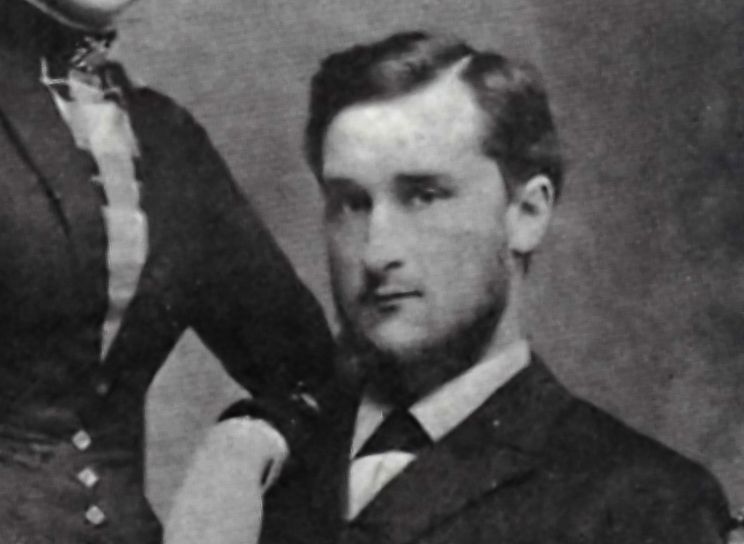
Eugène Dubois (18581940) Ontdekker van de Javamens Historiek
Java man, extinct hominin (member of the human lineage) known from fossil remains found on the island of Java, Indonesia. A skullcap and thighbone discovered by the Dutch anatomist and geologist Eugene Dubois in the early 1890s were the first known fossils of the species Homo erectus.